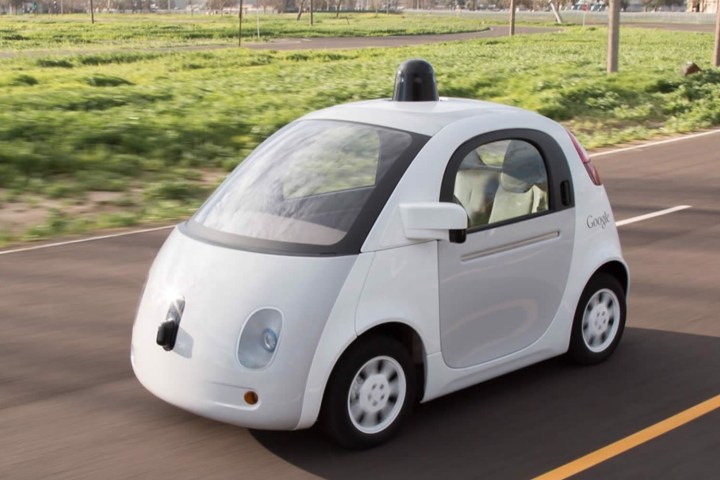
Google’s report referred to the rising number of cyclists and bike trips in the U.S., and related accident statistics. In 2014, according to the report, there were more than 720 cycling fatalities and 50,000 injuries on public roads. The company states that, in part because many members of Google’s engineering team are cyclists, the cars have been programmed to “recognize cyclists as unique users of the road, and are taught to drive conservatively around them.”
The Google self-driving cars have a 360-degree view around the vehicle and can track and make driving adjustments for multiple cyclists. Examples of cyclist-centric programming include allowing extra space when passing a bike, recognizing and remembering hand signals given ahead of time but not necessarily during a turn, and allowing a larger buffer when a cyclist is about to pass a parallel-parked car with an open door.
The Self-Driving Project software uses machine learning to recognize bikes in all colors, shapes, and sizes including unicycles, tandem bikes, and big wheels. Especially when the cars share the road with cyclists, it looks like the rules of the game are recognize, anticipate, and be ready to slow down, stop, or move out of the way.
In addition to reporting on how its autonomous vehicles are co-existing with bikes, this month’s report summarized project activity. Since the project started, through June 30, 2016 Google self-driving cars have driven 1,725,911 miles in autonomous mode and 1,158,921 miles in manual mode (humans driving).
Currently there are 24 Lexus RX450h SUVs and 34 Google prototype vehicles being tested on public roads. Each week the cars in the project log an average of 15K to 17K miles. Testing at this time is in Kirkland, Washington; Mountain View, California; Phoenix, Arizona; and Austin, Texas.
There were two minor collisions in June with the autonomous fleet, both on Berkman Drive in Austin, Texas. In one case a vehicle moved from a right lane from behind and scraped the Google car. In the second incident the Google car was rear-ended while sitting at a stop light. Only minor damages resulted from the collisions and no injuries were reported at the scene of either accident.
Google’s approach to learning about how autonomous vehicles act and react on public roads seems slow and sure as it piles on the miles.



